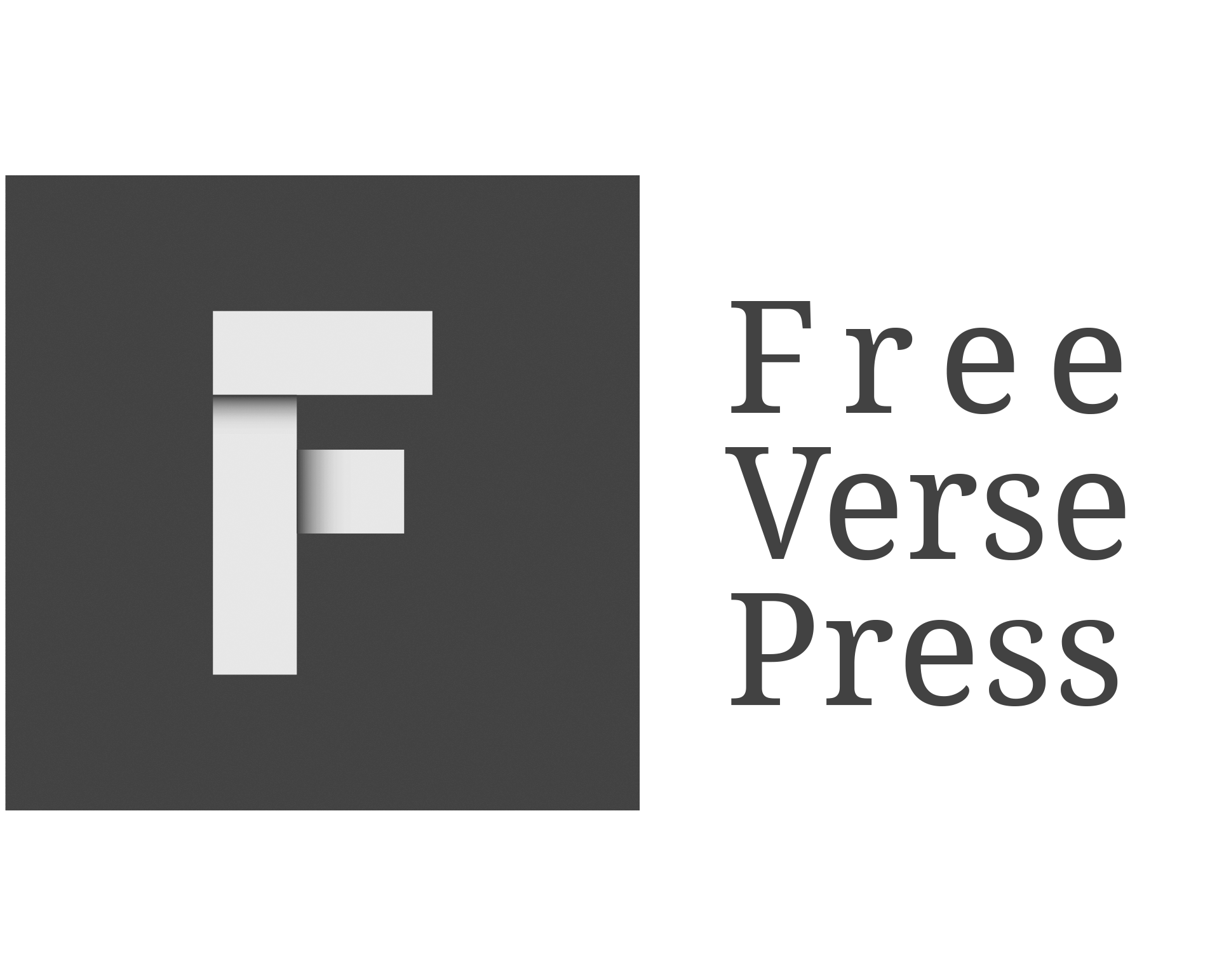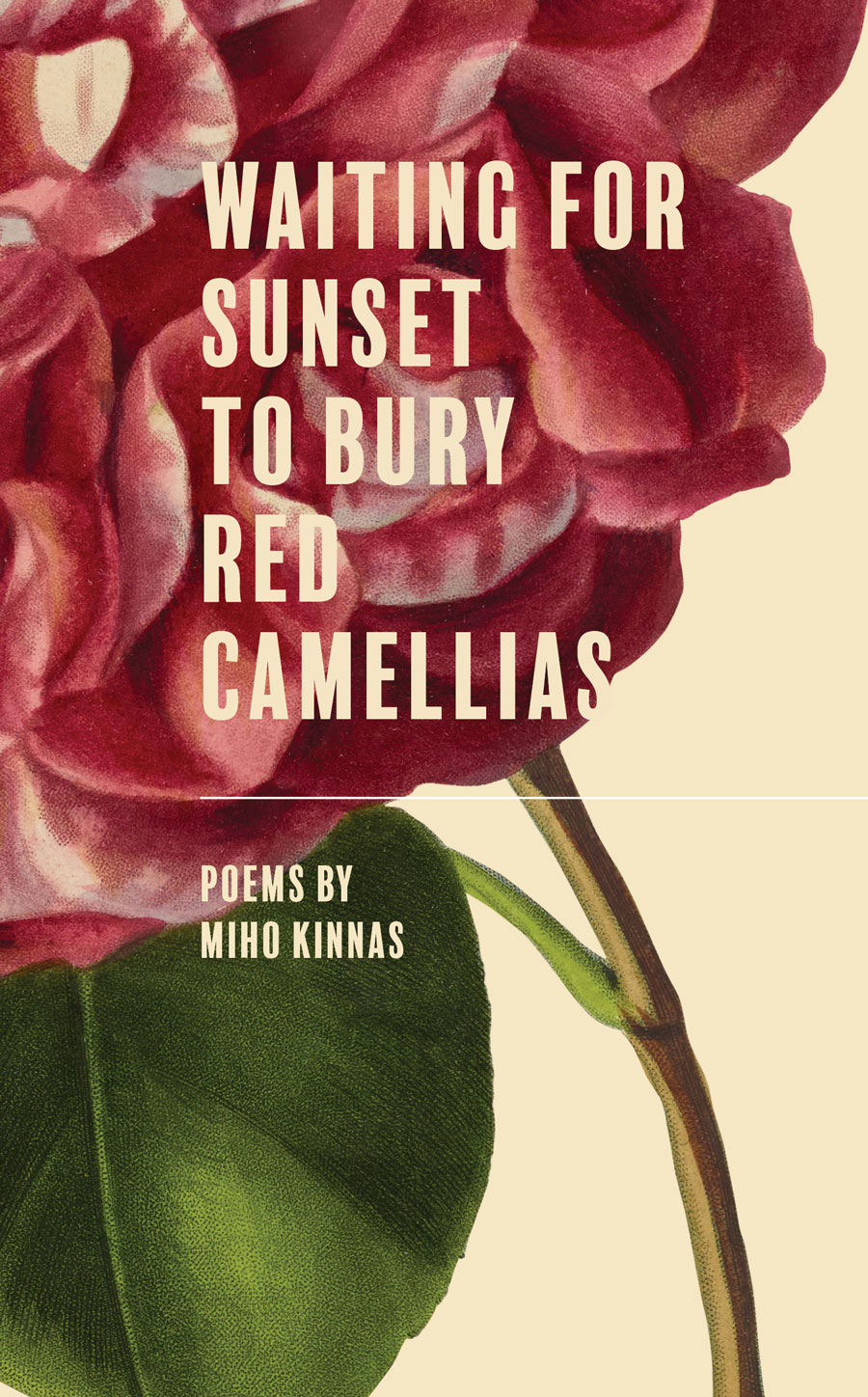Waiting for Sunset
to Bury Red Camellias
Waiting for Sunset to Bury Red Camellias is the third poetry collection by Miho Kinnas, including the poem anthologized in Best American Poetry 2023. Twice nominated for the Pushcart Prize, her unique, sophisticated voice keeps pushing the boundary of what brevity can accomplish. She writes about the state of being by interweaving love, books, travel, family, women and history.
Book Tour
September 1- 30, 2025
Writers.com
Registration
30 Poems in 30 Days: Writing Japanese Poetic Forms
June 6 – 8, 2025
Hobart Festival of Women Writers
More Details
May 27, 2025
Spoleto SunDown Poetry Reading
with Richard Garcia
Charleston
May 5, 2025
IWN General Meeting
All About Critique Groups
April 19, 2025
Atlanta Haiku Festival
Atlanta Haiku Festival Details
April 12, 2025
Bluffton Library 2-3 pm
Celebration of Words and Creativity
April 3, 2025
Poetry Kick Start Reading from the Coast Lines
Hilton Head Library 5 – 7 pm
March 14, 2025
Brookgreen Gardens , Murrells Inlet, SC
Haiku Walk – Ginko
March 13, 2025
Coastal Discovery Museum, Hilton Head
Haiku Workshop with Aldwyth Art Exhibits
December 5, 12, 19, 2024
Writers.com
Poems of All Sizes
10/31/24 Reading with Richard Garcia, Crescendo, Hilton Head Island, SC
9/25/24 Reading & Mini Haiku Workshop M. Judson Bookstore Greenville, SC
8/15, 22, 29 (2024) Workshop at writers.com (virtual)
8/6/24 Simple Gift (Mind Gravy) Columbia Friends Meeting House 7 PM
7/14/24 Anthology “Tall Woman” Launch, Columbia, SC
5/29/24 IWN Open Mic Hello, Hilton Head: Shall we go for a swim or open mic? Hilton Head, SC
5/17/24 Jasper Magazine Launch Columbia, SC
3/28/24 Vermillion, Seattle, Washington. In Person.
3/8/24 Reading : Poetry Society of South Carolina
3/5/24 Reading: Friends Meeting House 7 pm 120 Old Pisgah Church Road, Columbia, SC
2/24/24 Brooklyn, New York
New York Writers Workshop @ Underland Gallery
2/23/24 New York Public Library
2/20/24 Tuesday Explorer – Zoom Event Reading
2/19/24 Linked poem workshop
2/8 – 3/21/24(Thursdays)
The Art of Small Japanese Poems Thursdays February – March Online workshop
2/10/24
Book release party at Keith Summey North Charleston Library
2pm
Praise
Wake up, sleepwalkers: There’s a new book by Miho Kinnas that will show you places in your heart you have not gone yet –because her poems are not stories of feelings but the feelings themselves. Kinnas is known for her short Japanese poems, and I especially love the haiku with its sharp images and moral clarity. The same crystalline reality is found in her narrative poems, because Kinnas illuminates the edges of words, then wraps the whole poem in a ribbon of silk. This is craft. These poems are occupied by mothers and daughters, girls, and women; the book’s subject is love and, that’s a theme that is perfect to make beauty permanent, as Kinnas‘poetry certainly does in Waiting for Sunset to Bury Red Camellias.
Grace Cavalieri
Maryland Poet Laureate
Kinnas weaves the past into focused poetry that lurks into Basho’s legacy. Her poetry breaks new ground and is meant to be seen as well as heard, particularly the poem “Three Shrimp Boats on The Horizon” with its spacing, punctuation, and its corresponding nouns and verbs. This book rocks with different poetic forms, including haiku and tanka as well as innovative approaches to writing. Waiting for Sunset to Bury Red Camellias is fused with identity, family, love, and the natural world; it is polished music. I am grateful for this book. Read it now, because we get to travel with Kinnas on this poetic journey.
Lenard D. Moore, author of Long Rain, and A Million Shadows at Noon
Miho Kinnas has created dreamlike poems here. Tender, mysterious, tugging at your heartstrings. I loved the way she experimented with the forms with some of her poems here. Some of them resembling a haibun but not really. I’d urge the readers to explore her poems which are like a walk through the still pine trees on a foggy morning.
Kanchan Chatterjee, author of Scattered Leaves and Did You say Faarbisganj?
Beginning with the very first poem, the speaker enters an exquisite world. In “The Sea Fog Arrives to Hide the Lies of a Woman Poet,” she says: “I often visit a walled city in my dreams where the gate/closes at sunset, not a second later or before.” Together, the speaker and reader travel through time and geography, glimpsing fleeting, often half-seen images and experiencing elusive, yet fully felt, emotions. The poems are surprising, precise, evocative, and stunning. The reader is always invited into the poems as a participant and guest. In this first poem the speaker says, “I see you just beyond the arch of the gate.” This acknowledgment of the reader captures the graciousness and expansiveness of this remarkable collection.
Arlene Naganawa, author of I Weave a Nest of Foil (forthcoming, March 2024), The Ark and the Bear, and, And We Were Talking About When We Had Bodies.
Miho Kinnas’s language is spare and evocative. Her poems move seamlessly between the mundane and the transcendent with a stark intimacy—glimpsed in the immediacy of a distilled image. Time and lives and geography tilt in the poem “Yokohama” as the speaker attempts to draw a map to her parent’s house as her mother is dying.
A little corner fruit shop is now a pet store. / Time may be psychological. / My boyfriend was always late.
The poems are skillfully crafted poems interspersing free verse with short, contained forms–always with a delicate touch—a play of form and humor.
Jeanne Morrel, author of I See My Way to Some Partial Results and Jackpot.
Here’s a poet who plays the space between the lines magnificently, with twists and turns that surprise and delight and push form forward. Throughout, Kinnas’ use of imagery is as stunning as it is understated. That is, unforced—a smooth and easy exhale. The juxtaposition of sensory details, especially, lift the poems in this fabulous collection off the page. Kinnas’ is a unique and important contemporary voice.
Naomi Ayala, author of four books of poetry—most recently, of Peces que es escapan / Escaping Fish.


